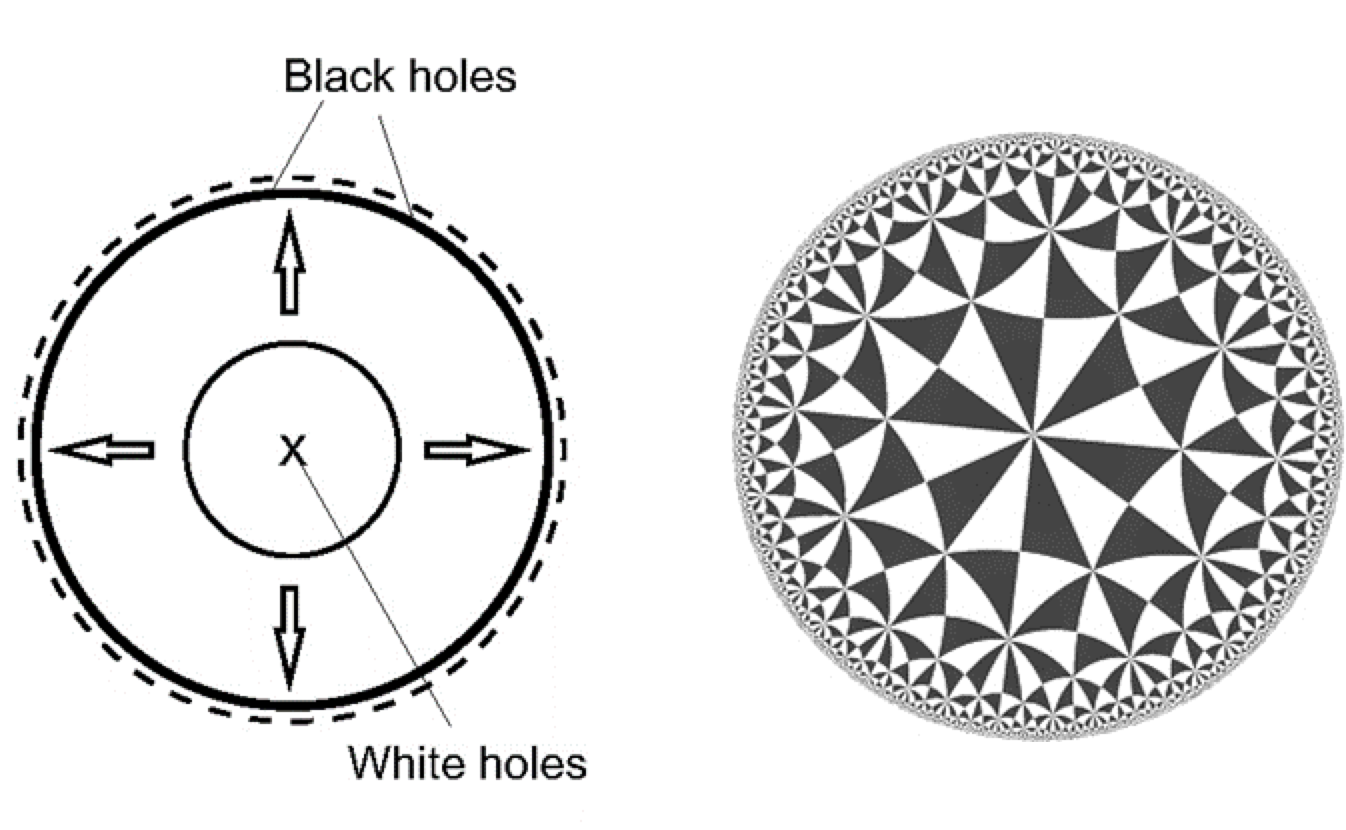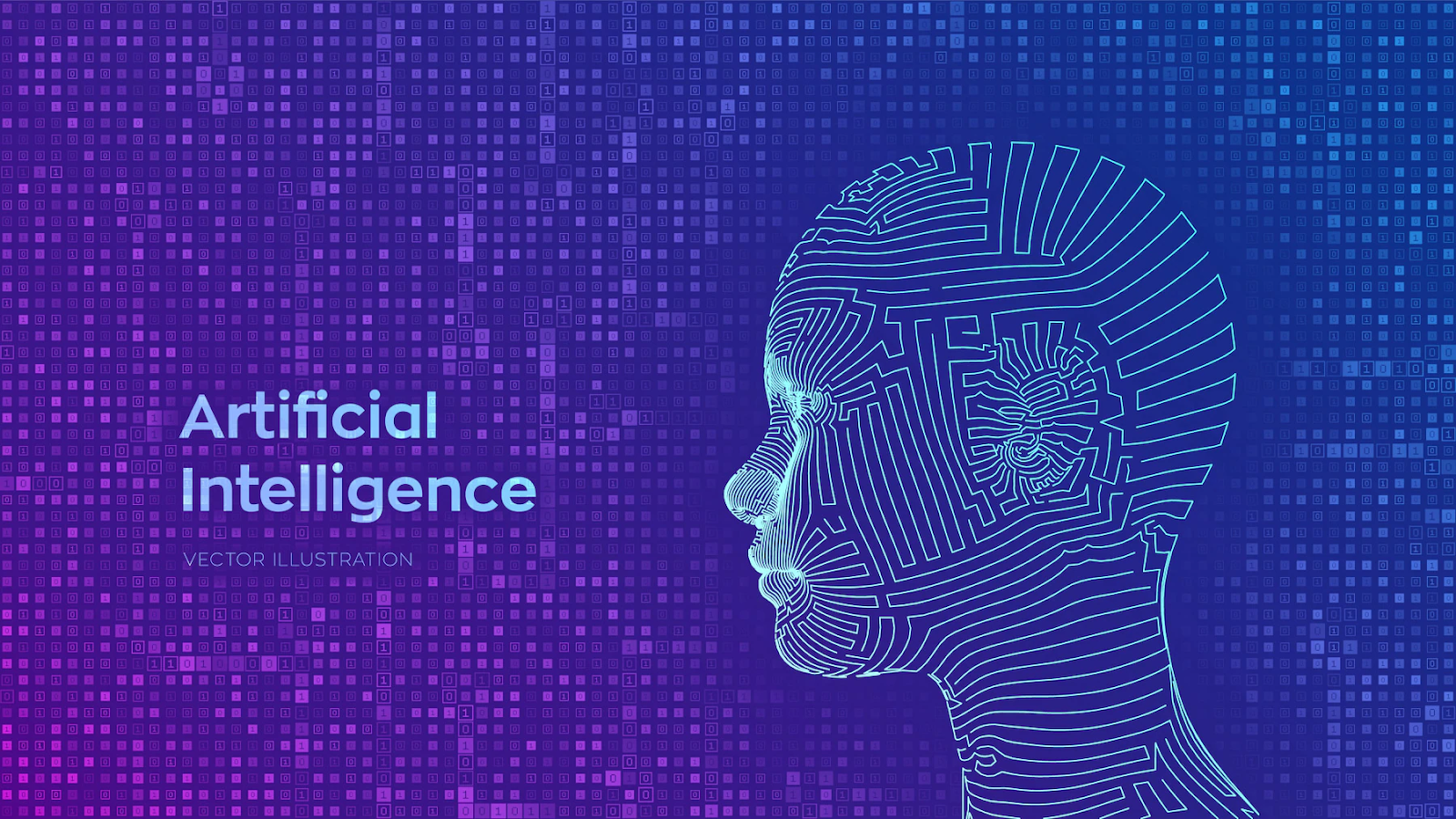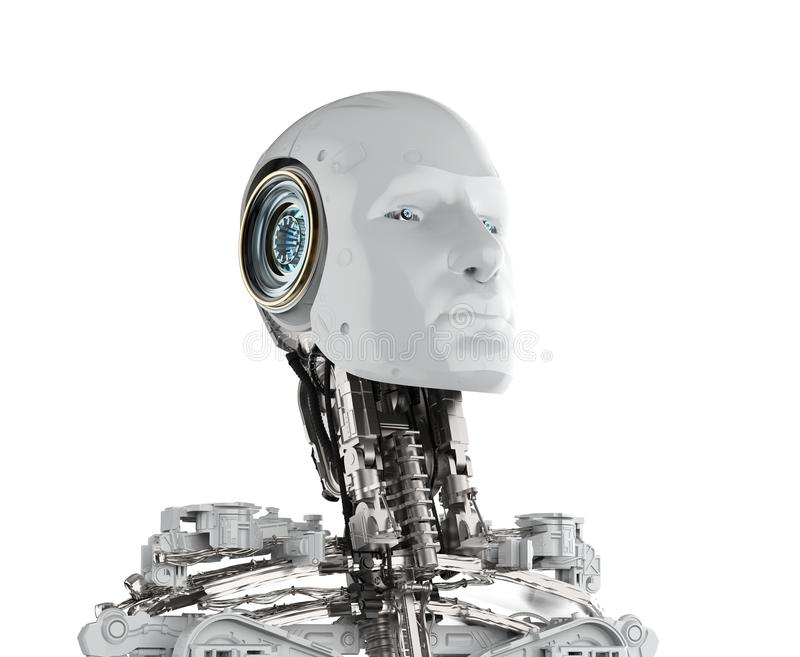In the last 10 years, the field of robot awareness has made significant progress, and the advances are expected to proceed toward intellect and independent decision-making. Ongoing research is trying to better understand what the new AI programs will be able to do.
In today's AI, connections emulate synapses, the relationships between neurons. The problem-solving ability is expected to improve with the size and complexity of links. Today's AI can translate text, make personal recommendations for books and movies, recognize people in images and videos, and more specialized applications in industry and personal life constantly surprise us. As we have seen with Go, chess, and poker, today's algorithms can best humans in many fields, but algorithms are far from the ability to write a coherent literary masterpiece.
Intelligence is an inescapable consequence of our brain's powers. Although attempts to build supercomputer brains have not even come close to this, it is expected that sooner or later, computers will achieve artificial general intelligence. But, will they ever be conscious?
Although all life processes are based on interaction with the environment, life's fundamental characteristic is homeostasis, a dynamic equilibrium. Sensory abilities lend environmental insight for purposeful behavior to even the most primitive animals. The sensory cycle revolves between an information-rich surrounding and an information-hungry sink (the brain). The processing of the stimulus generates memory, which lends the predictive ability and creates meaning, a fundamental character of intellect. Synaptic complexity, based on interaction with the environment, evolves into an abstract mirroring.
Copyright © 2022 by Eva Deli |
|





.png)



